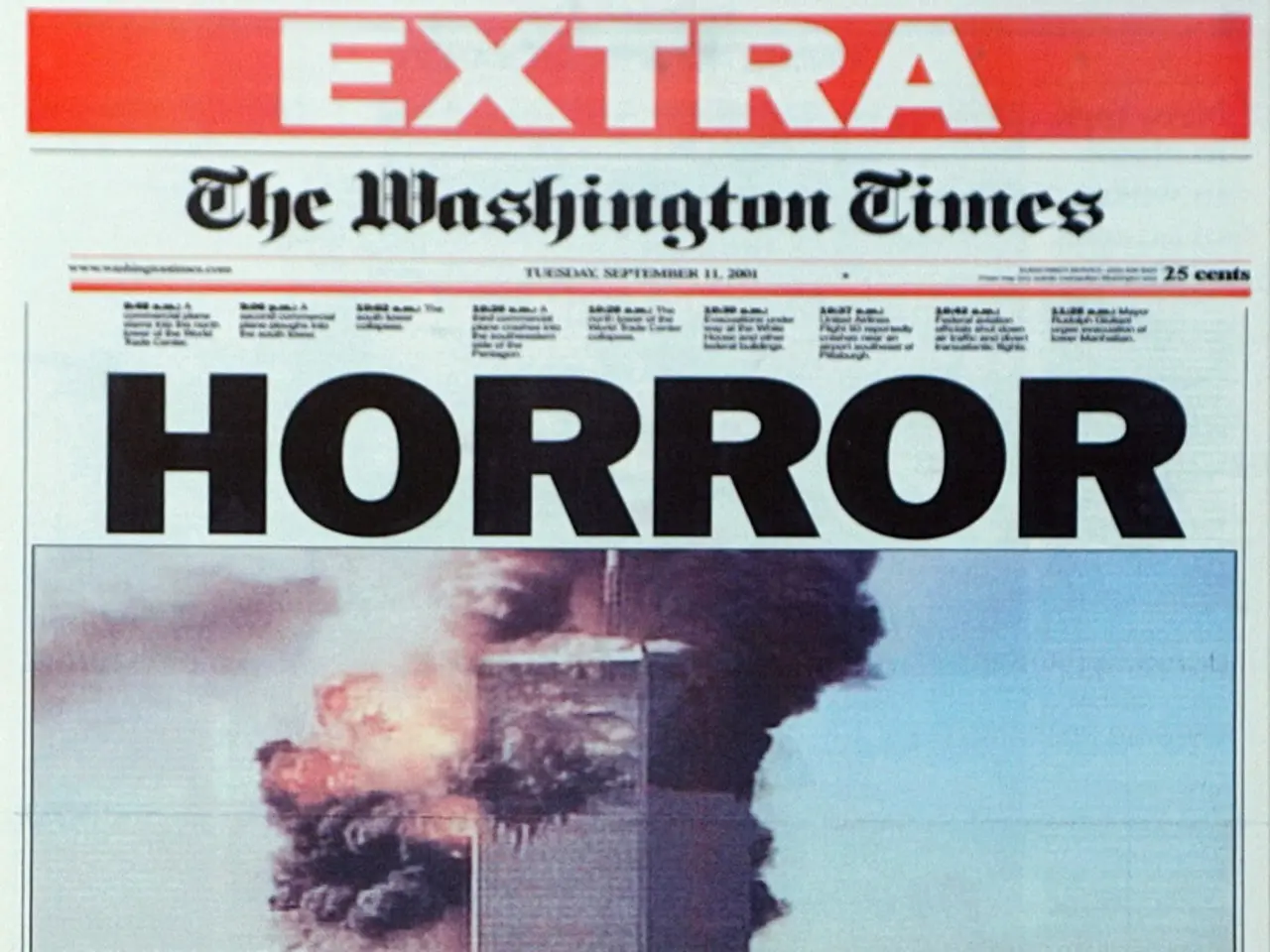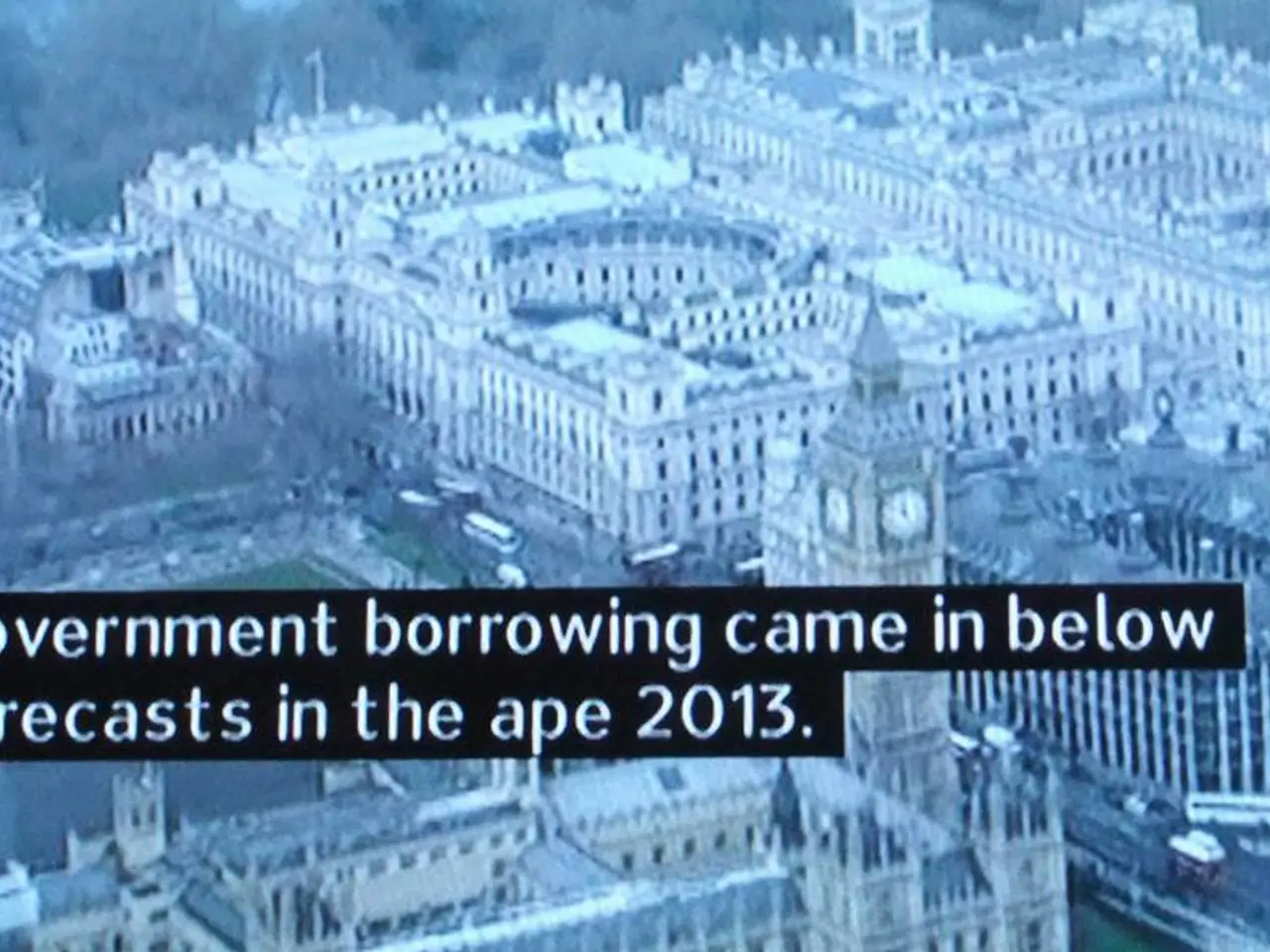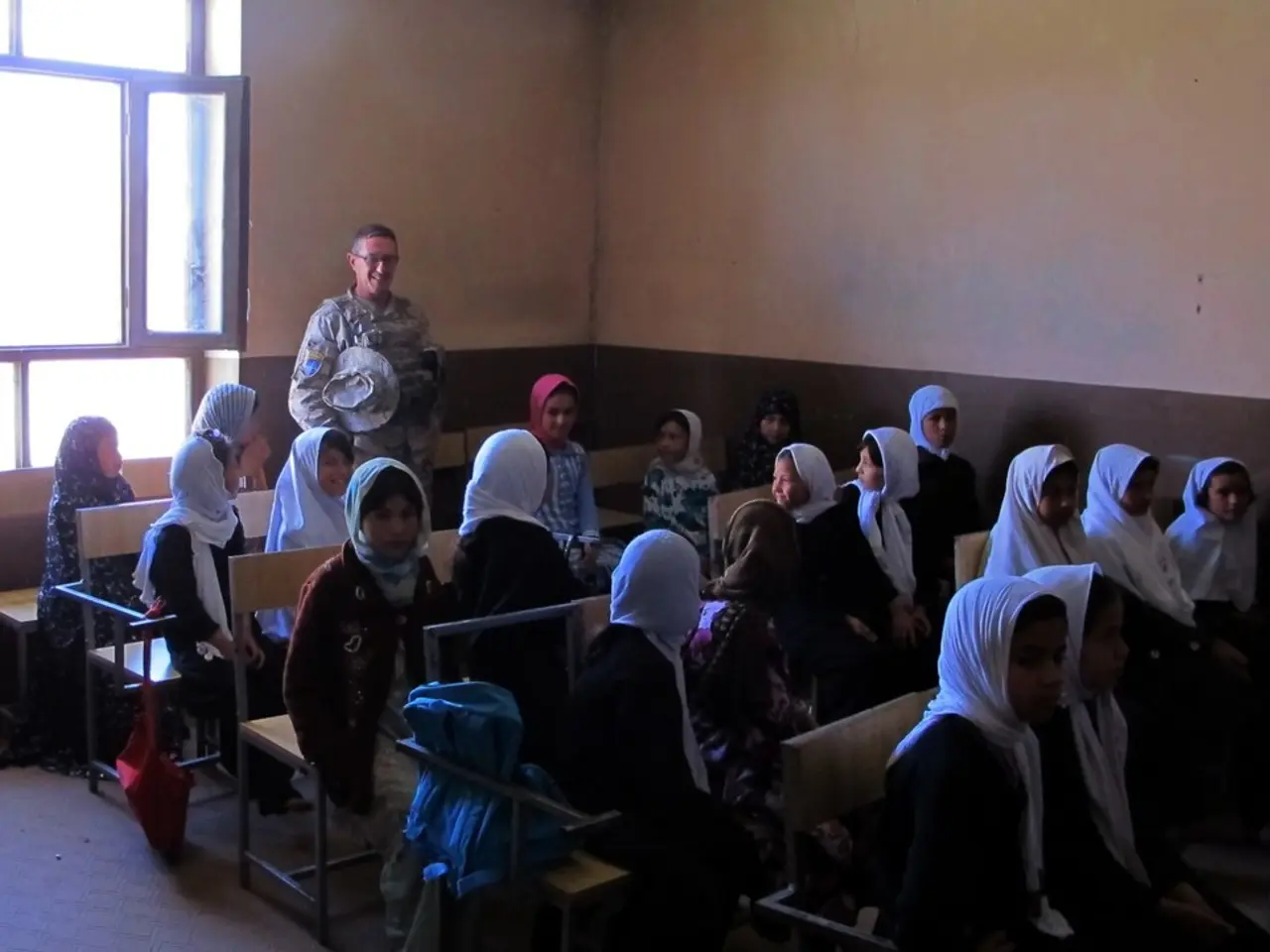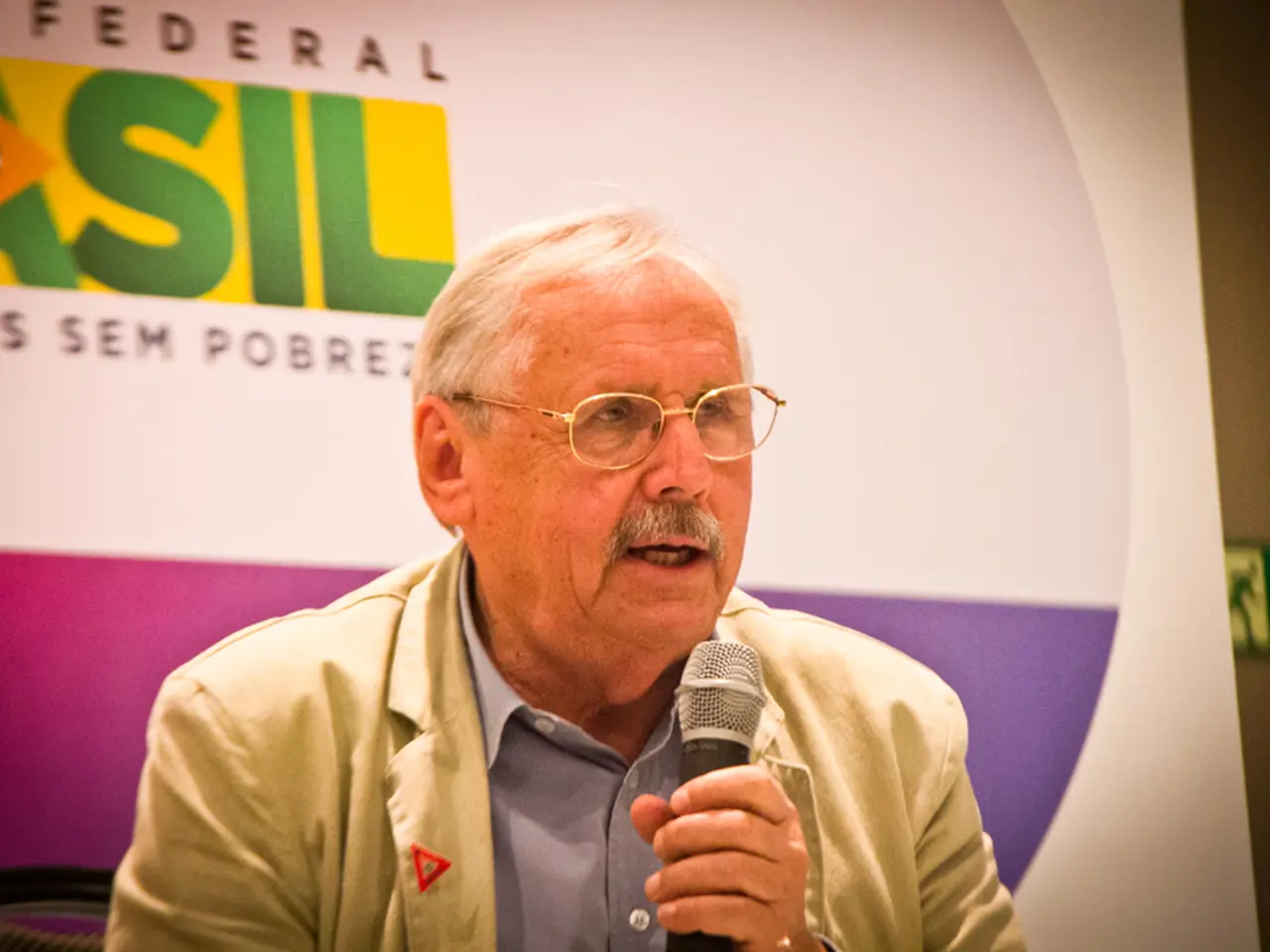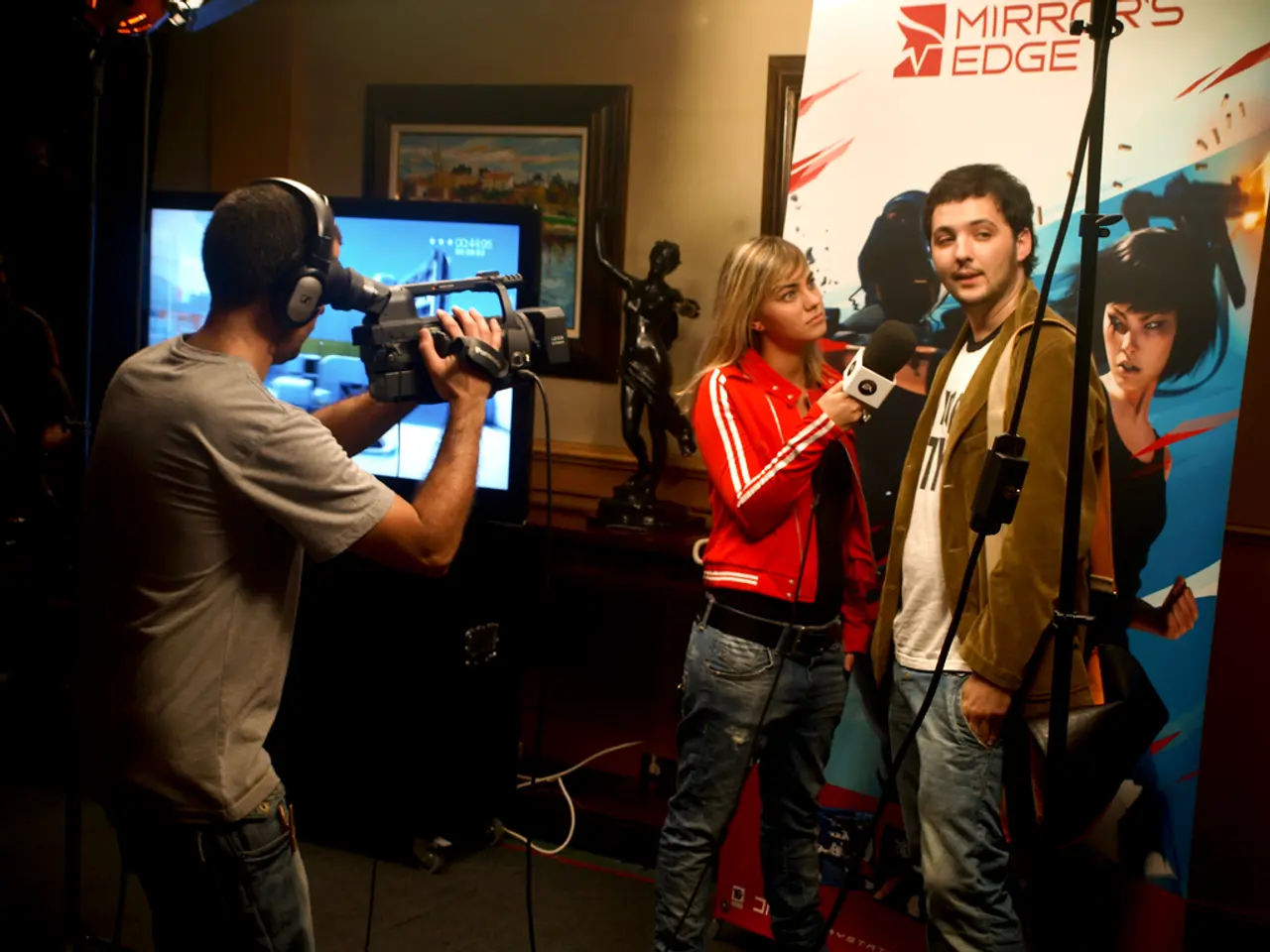Zelenskyy Expresses Gratitude to Trump
Ukraine-Russia Conflict Continues Intensely Amidst Sanctions and Military Operations
The Ukraine-Russia conflict remains an ongoing issue, with active military operations, sanctions, and political responses from leaders on both sides.
Military Operations
Russian forces continue to advance in Ukraine, gaining approximately 180 square miles of territory from June 24 to July 22, 2025. Despite this, the rate of gain is slightly less than the 216 square miles gained in the previous comparable period, indicating a potential slowdown in Russia's summer offensive. The offensive is largely driven by Russia’s numerical superiority in troops and air power.
Throughout late June and July, Russia launched extensive drone and missile strikes, including what Kyiv described as the largest airstrike since the war began. Many attacks targeted civilian areas near frontlines, causing high casualties and reflecting Moscow’s intent to prolong the war rather than seek peace.
Sanctions and Political Responses
Ukrainian President Volodymyr Zelensky condemns Russia’s continued bombardments and dismisses Russian disregard for international calls to end the war. Zelensky asserts the necessity of sustained and increased sanctions on Russia, alongside steady international military and diplomatic support for Ukraine’s defense and peace efforts. He thanked global partners for their collaboration in this approach.
In contrast, Russian President Vladimir Putin appears unmoved by new sanctions threats and continued Western diplomatic pressure, responding with intensified military action against Ukraine. Putin’s stance is confirmed by Kremlin-aligned assessments that Moscow is focused on making battlefield gains rather than negotiating an end to the conflict.
Simultaneously, diplomatic efforts persist. In July 2025, a third round of direct peace talks occurred in Istanbul. Ukraine offered a summit of the two leaders aimed at ending the war by August’s end, but Russian negotiators rejected this, proposing only signing documents rather than substantive discussions. A prisoner exchange involving seriously ill and wounded soldiers, as well as the repatriation of military bodies, took place following these talks, showing limited but ongoing engagement on humanitarian issues.
Domestic Issues
At the domestic level, Zelensky faces protests over recent anti-corruption legislation perceived to weaken independent oversight, prompting him to propose revisions to strengthen the rule of law system, amid criticism from European partners.
Additional Context
Former U.S. President Donald Trump has downplayed the effectiveness of sanctions and set a ceasefire deadline for Moscow in early August, which both Russia and Ukraine have rejected or criticized, highlighting the fragile and escalating nature of the conflict dynamics to mid-2025.
In summary, the conflict remains active and violent, with Russia making territorial gains backed by continuous missile and drone attacks, Ukraine relying on international support and sanctions to resist, and political leaders maintaining firm but divergent positions. Diplomatic talks and prisoner exchanges continue under difficult conditions but lack signs of imminent ceasefire or peace agreement.
Further Developments
Russia's most powerful woman, a close ally of Kremlin leader Vladimir Putin, is attending a forum in Switzerland despite Western sanctions, further highlighting the complexities and challenges in resolving the Ukraine-Russia conflict.
Community policies may come into play as international sanctions against Russia impact employment opportunities within the affected countries, potentially leading to increased unemployment or job insecurity for individuals.
General news outlets should continue to follow the evolving dynamics of the Ukraine-Russia conflict, including political responses, military operations, sanctions, and diplomatic efforts, as well as domestic issues such as protests and legislation in both Ukraine and Russia.
